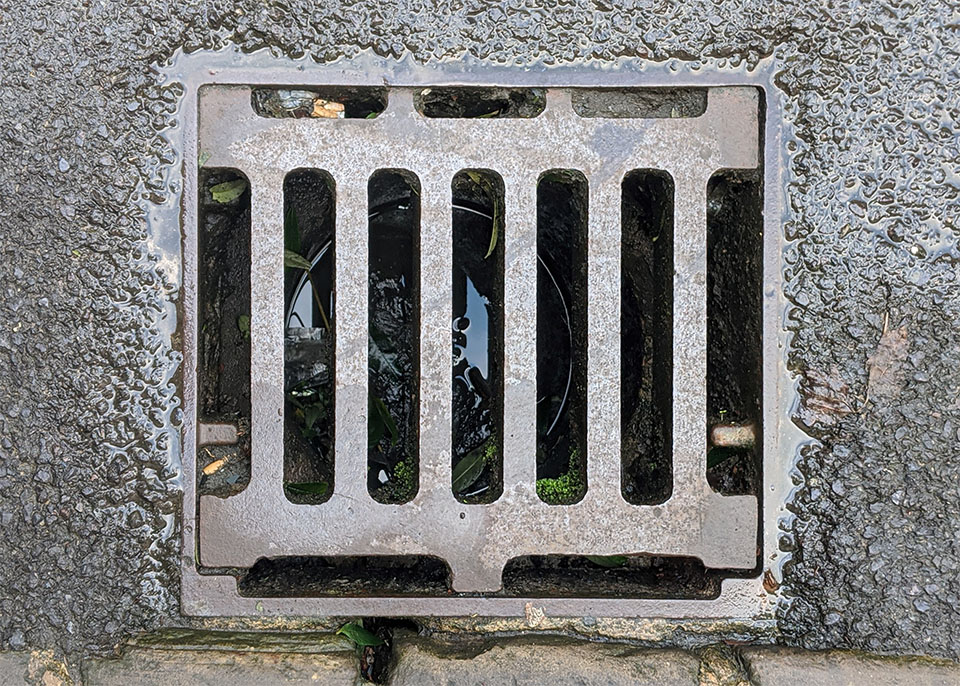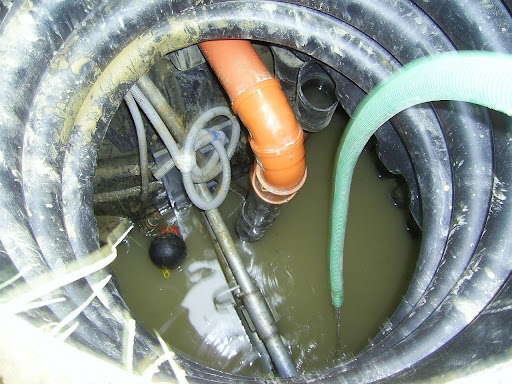Just about everyone is bound to have their unique thinking involving What I learned from trying to deal with a clogged drain.

Introduction
Dealing with an obstructed drain can be an aggravating experience, interrupting daily activities and possibly causing damages to your home. Nonetheless, before reaching out to pipes specialists, there are steps you can take to deal with the problem yourself. In this guide, we'll check out do it yourself options and safety nets to take on an obstructed drainpipe efficiently.
Identifying the Concern
The very first step in resolving a blocked drainpipe is acknowledging the indicators. Sluggish drainage, gurgling sounds, foul odors originating from drains, or water support up prevail signs of an obstructed drain. Recognizing these indicators early can assist protect against additionally issues.
Usual Reasons For Obstructed Drainpipes
Recognizing the elements that contribute to drain obstructions is important for effective resolution. Common offenders include hair, soap scum, oil, food debris, and international objects like hygienic items or paper towels. Tree origins attacking underground pipes can likewise trigger significant obstructions.
DIY Solutions
For small clogs, a number of DIY remedies can be efficient. Putting boiling thin down the drainpipe can aid dissolve grease and particles. Sodium bicarbonate and vinegar or a mix of salt and baking soda can work as all-natural cleansers. Making use of a bettor or pipes serpent to dislodge blockages is an additional alternative.
Tools and Equipment
Having the right devices on hand can make do it yourself drain cleansing much more efficient. A bettor is a versatile device for getting rid of obstructions in sinks, bathrooms, and showers. A plumbing snake or auger can reach deeper clogs, while drainpipe cleansing chemicals can be utilized cautiously for stubborn obstructions.
Safety nets
To prevent future blockages, adopting safety nets is important. Set up drain guards or strainers to capture hair and debris before they enter the pipes. Routinely flush drains pipes with hot water to dissolve grease build-up, and stay clear of throwing away grease or strong waste down the tubes.
When to Call an Expert
While DIY services can settle minor obstructions, particular indicators show the demand for specialist assistance. Persistent obstructions, foul odors regardless of cleansing efforts, or multiple drains pipes supporting concurrently are red flags that warrant professional intervention.
Selecting the Right Plumbing Solution
When choosing a plumbing service, think about elements such as experience, licensing, and customer testimonials. Select a trusted plumbing professional with a track record of high quality craftsmanship and clear prices techniques.
Price Considerations
The cost of specialist drainpipe cleaning company can differ relying on the extent of the obstruction and the plumber's prices. Demand quotes from multiple suppliers and inquire about any service charges to guarantee transparency and stay clear of surprises.
Safety and security Precautions
When attempting DIY drainpipe cleaning, prioritize security. Use safety gloves and glasses to avoid contact with harmful chemicals or germs. Never ever blend different drainpipe cleaning items, as this can produce unsafe fumes.
Instance Studies
Real-life instances show the effectiveness of do it yourself services and the value of prompt professional intervention in dealing with drain obstructions.
Verdict
By following the ideas laid out in this overview, you can properly take on obstructed drains pipes and protect against future plumbing concerns. Whether going with DIY services or seeking expert assistance, prompt action is essential to preserving a healthy pipes system and protecting the integrity of your home.
How to Clear a Clogged Drain Yourself (And When to Call In the Professionals)
What Can Clog a Drain
Dirt Skin flakes Hair Grease Soap scum Food Offset pipes Tree roots Small objects Mineral buildup DIY Tricks to Unclog a Drain
You can fix this! Once you have identified the source of the clog (or have a vague idea), you can try one or a combination of these fixes in order to clear your plumbing.
Wire Hanger or Snake
Untangle and clear out hair from a drainpipe with a homemade snake. Use a straightened-out wire hanger with a 90-degree angle hook to locate the clog and drag out any unwanted material.
Remember not to push the clog further down to where the wire hanger cannot reach! If you need to follow up with a plunger, give it a try. Your efforts might be more successful after it’s been wire-snaked.
If you want to get fancy and don’t have a wire hanger to spare, head to the store and pick up a hand-operated drain snake. You can get one for $10-$30. It may save you the hassle, and provide additional length to reach deep into the clogged pipe.
Plunger
A cup plunger has a suction cup attached to a wooden handle. The rubber creates a seal around the drain, and increases the pressure force of the plunger.
Plunge for 30-second increments to loosen the clog. This may need to be repeated over the course of 15-20 minutes. Once plunged, run the water to flush the remaining material out of the drain.
Remember– never use a plunger if you have used a chemical drain cleaner. These chemicals can splash up from the force of the plunger and cause serious injury or burns.
Boiling Water
Hot water can sometimes break up materials into a flushable amount. Dirt, grease, and soap buildup requires heat in order to unstick from surfaces.
Take your kitchen kettle and heat your water to a boil. Once it reaches a rolling boil, pour it directly down the drain into the blockage. Carefully follow with plunging, if necessary.
Don’t worry if this takes more than one try! It can often take multiple kettles and repeated plunging in order to clear a particularly stubborn clog.
Chemical Drain Cleaner
As a last resort, pick up a bottle of chemical drain cleaner. Drain-cleaning chemicals are potent, and not very good for the environment.
You may need to wear protective eyewear in gloves before handling your bottle of chemical drain cleaner. Follow the instructions printed on the bottle, and flush with water as soon as the instructions allow. Do not follow with plunging.
Baking Soda and Vinegar
As a safer alternative to chemical drain cleaner, baking soda and vinegar can create a chemical reaction that clears tough clogs.
Combine one cup of cleaning vinegar with one cup of boiling water, and set aside. Once you have done this, pour half a cup of baking soda down the drain. Give the baking thirty seconds to settle and cover a large portion of the problem drain.
Following the baking soda, pour down your vinegar and hot water solution. Once the vinegar and baking soda combine, the mixture will bubble and fix. Let this reaction fizzle in the drain for about an hour.
After an hour, follow with a kettle’s worth of hot water. The heat and liquid should flush out any remaining material.
When to Call a Plumber
If your DIY attempts haven’t cleared your clog drain, it’s time to call in a professional. It’s not worth losing access to your kitchen sink or high-traffic bathroom. A clog in a vital area can keep you from the things you’d rather be doing, and derail your routine.
Anytime a clog is causing water to spread is a time to call in a plumbing service. What starts out as a little bit of water can quickly grow into serious, expensive water damage.
Additionally, a serious clog can result in burst pipes or serious leaks. Make sure you know when to take it seriously!
https://myguysnow.com/how-to-clear-a-clogged-drain-yourself-and-when-to-call-in-the-professionals/

Do you appreciate more info about 8 Tips For Clearing A Blocked Drain? Place feedback down the page. We'd be pleased to see your opinions about this blog entry. In hopes that you visit us again soon. Sharing is nice. You never know, you may very well be helping someone out. Thank you for your time spent reading it.
Details